Hiking Mount Seymour is a classic mountain hike. It’s a moderately difficult one, yet it rewards with exceptional panoramic views, and it’s one of the most scenic hikes on the North Shore. No wonder, it’s extremely popular. The fact that you have only a few months to do it each year won’t help either.
Though the First Peak is a great year-round hike, summiting the Second and Third Peak is a summer only objective, because it’s only safe when it’s snow free. I’d add that I prefer late summer, August and September, when it comes to hiking in Mount Seymour Provincial Park, because there are lots of bugs in early summer. (Seriously, there’s an incredible number of mosquitos, and neither bug spray, nor cloth covering seems to keep them away. It’s best to wait until they die if you want to enjoy your hike.)
You’re able to drive up to 1010 meters, which makes Mount Seymour an attractive option for people looking for shorter, but pretty mountain hikes. Not much hiking is needed to reach the alpine area and some fantastic views. The scenery is wild and beautiful, and it’s so easily reachable from Vancouver!
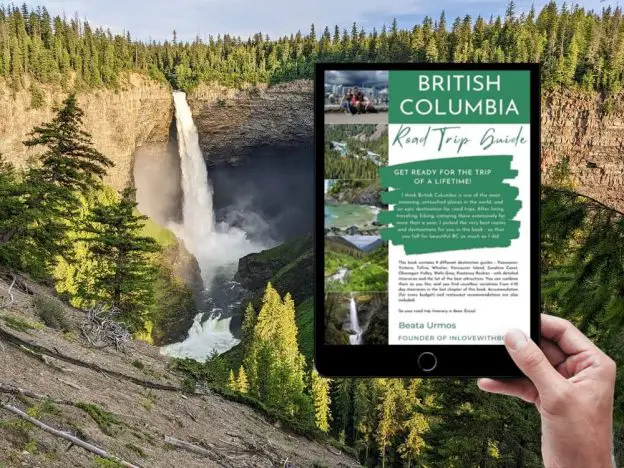
BC Trip Planning is Overwhelming. So We Did It For You.
Our compact guide delivers step-by-step itineraries to BC’s best sights and hidden gems.
So let’s see: how to hike Seymour Mountain. We’re sharing all the necessary information in this post.
Hike to the three peaks of Mount Seymour
Mount Seymour actually has three distinct summits, known as Pump Peak (First Peak), Tim Jones Peak (Second Peak) and Mount Seymour Peak (Third Peak). Each one is a bit higher than the previous summit, so you can enjoy magnificent mountain panoramas one after the other. Hiking Mt Seymour usually means hiking all the three peaks, and it’s worth doing so, because the views are improving as you get higher. But if you stop at Pump Peak or Tim Jones Peak, you can still enjoy quite extraordinary views.
Mount Seymour hike overview:
- Trailhead: Mount Seymour ski area parking lot
- Elevation gain: 580 m
- Length: 8 km return
- Difficulty: medium
- Hiking season: summer (from July to October); Pump Peak is a year-round hike
Mount Seymour parking & trailhead
The best parking for this trail is at the upper parking lot at the very end of Mount Seymour Road. It’s a giant parking lot, and parking in the summer season is never a problem (though it gets busy, and you can count an incredible number of cars in the parking lot).
In winter the parking lot is prioritized for the ski resort users, so hikers and snowshoers are required to park on the side of the road, further back from the main parking lots. This means a limited number of spaces, and it fills up very quickly, so arrive early. You might need to walk an extra kilometer or two to the northern tip of the parking lot. There’s the trailhead and an information board.
Mount Seymour trail information
Right after starting the trail, you’ll reach a junction: the left turn takes you to Dog Mountain (probably the easiest and busiest Mount Seymour hikes), the right turn takes you to Mystery Lake (a lovely place to swim in the summer), and you should keep straight to follow the trail to Mount Seymour. It’s a steadily ascending forest trail, with the occasional roots and rocks.
Brockton Point
At the next junction you’ll join a wide gravel path. Keep to it until you see the sign pointing you to Brockton Point. This is a short detour and could be your first view of the day. It’s nice, but nothing compared to the panorama that’s ahead, so don’t feel bad if you skip the detour.
After the Brockton Point junction, the next section of the trail becomes narrower, and you’ll reach the junction with the Elsay Lake trail. (Ignore it, just continue on the Mount Seymour trail.) Soon after this junction the trail becomes more technical, with steeper sections, lots of large roots and loose rocks.
Pump Peak
Pump Peak winter hike
But you’re getting closer to the first stunning view. When you see the small tarn beneath Pump Peak, you’re almost there. But conquering Pump Peak can be tricky. The trail is not that straightforward, and actually, you can climb up to the summit on several routes. But the most convenient is going counterclockwise around it, and attempting to get to the top on the west side of Pump Peak. There’s no marked path, but you’ll see the way to go – and there’s no rock climbing involved.
There you are, enjoy the view! It can feel a bit crowded at the top, because the summit area is not very spacious. Just pick a smoother rock to sit down, eat a few bites, then carry on. Many people will turn back from Pump Peak, so you’ll find more solitude as you go further. Don’t turn back, it’s worth continuing the trail.
Read this, too: Norvan Falls, A Great Year-Round Hike In North Vancouver
Tim Jones Peak
After dropping down from the Pump Peak summit, you’ll descend further beside another tarn. This is one of those descents when you’re very well aware that you’ll climb back again and further – and that’s exactly what happens. A steep gully leads up to the south side of Tim Jones Peak.
Reaching the peak means a short detour, and a sign indicates the way quite clearly. Take this detour, because it rewards you with amazing views, including Mount Seymour Peak itself, but also countless more mountain peaks and the entire region.
Once you had enough of the views (or took enough pictures), head back to the information board.
Mt Seymour Peak
As you continue further on Mount Seymour trail, you’ll drop down again. It’s a bit technical, with a steep rock face and a narrow path, but most hikers can manage it with care. Just be patient, because this part of the trail is single file.
As you’d expect the trail starts to climb up soon. You need to get yourself up another rock face before the final ascent to the Mount Seymour summit. Follow the markers in a narrow gully on the south side of Mount Seymour. It won’t take long to enjoy the result of your hard work: unobstructed, 360 degree views from the summit.
From Mount Seymour Peak you can see all the North Shore summits and also get distant views of further peaks, like Mount Garibaldi or Mount Baker. Sorry, I can’t name a few dozen of the other peaks, even counting all of them is a challenge – but this is only to say that you’ll enjoy an extraordinary panorama.
This is also a very spacious summit, so you’ll find plenty of space to relax and enjoy the views, even if it’s busy. Finally, you return to the trailhead the same way.
Read this, too: 30 Best Winter Hikes In Vancouver
Mount Seymour hike in winter: Pump Peak
Several of the Seymour Mountain hikes are doable in winter, too, and they make you feel like being part of a dreamy winter postcard after a fresh dump of snow. However, this trail is recommended only until Pump Peak in the winter.
The Pump Peak trail is an extremely scenic snowshoeing trail, and you can often do it without snowshoes, as well, because of the frequent traffic. I highly recommend microspikes though, because there are quite a few steep sections which get slippery. We did it with microspikes in winter.
What to wear hiking in the winter?
Dress in layers:
- synthetic or wool base layer (for men, for women)
- insulating midlayer (for men, for women)
- outer layer to protect you from wind, rain and snow (for men, for women): no need for an insulated jacket for day hikes near Vancouver, as you’ll get easily overheated in ski jackets; just make sure it’s waterproof
- hiking pants (for men, for women)
- optionally, rain pants: they should be worn over your hiking pants in wet conditions, or simply to shield you from the wind and add an extra layer
- waterproof hiking boots (for men, for women) or snow boots
Cover as much of your skin as possible:
- gloves
- wool socks
- gaiters: keep the snow out of your boots when hiking in deep snow
- beanie
- face mask or neck gaiter
Stay safe:
- microspikes: they make hiking on icy, snowy terrain easier and safer
- headlamp: days are shorter in the winter, and you don’t want to get lost in the dark
- emergency blanket
Continuing beyond Pump Peak towards Mount Seymour is not recommended in the winter. (If you’re one of those well-prepared and experienced winter hikers who could do it, you likely don’t need my advice.) Otherwise, Mount Seymour is a summer option, and it’s typically snow free between July and October.
If you drive up to the parking lot in winter, be aware that winter tires are required. The road opens at 7 am, and a day pass is also required to enter.
2023-2024 winter season: day passes are required daily from December 14, 2023, to January 7, 2024. They are required only on weekends and holidays between January 8 and March 31. You can get your day pass online (here) two days before your visit, starting at 7 am.
How difficult is the Mount Seymour Trail?
You’ll conquer three summits, so expect to be out of breath from time to time. Still, none of the summits are really technical, the trail is quite straightforward to follow and doable for most hikers. If it turns out to be too much, turn back from Pump Peak or Tim Jones Peak.
Most of the trail is rugged and rocky, and proper hiking shoes are strongly recommended. But there’s no exposed sections, and it never gets too technical. Traversing the narrow rocky ledge between Tim Jones Peak and Mount Seymour Peak is the most technical section. It can be dangerous when conditions are icy or very wet. With that said, we had no problem doing it in clear summer weather, and we saw hikers of various ages and fitness levels to complete this traverse. But you should know your own abilities and consider weather conditions. If you’re in doubt, turn back.
More hikes on Seymour Mountain
Hiking in Mount Seymour Provincial Park is one of the best things to do on the North Shore, and it was one of our favorite weekend getaway while living in Vancouver. The hike to the three peaks of Mount Seymour is one of the most breathtaking ones, but there are more:
- Dog Mountain Trail: 5.6 km return trail, possibly the easiest summit you can find in Metro Vancouver, and it’s accessible (and very busy) all year
- Mystery Lake & Mystery Peak: 4.8 km loop, lovely summer hike with great swimming spots at Mystery Lake
- Dinky Peak: you can reach the Dinky Bluff in 15 minutes from the ski area parking lot, and it offers some lovely views of the Lower Mainland; it’s a year-round hike
- Goldie Lake loop: 3 km loop, easy hike to a murky lake, but you can continue further to Mystery Lake or Flower Lake
- Fern Gully Trail Loop: 1.8 km loop, a low elevation, easy rainforest hike which is snow free all year
- Mount Elsay: 11.9 km loop, a challenging full day hike (it’s more difficult than the Mount Seymour trail)
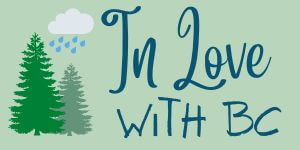
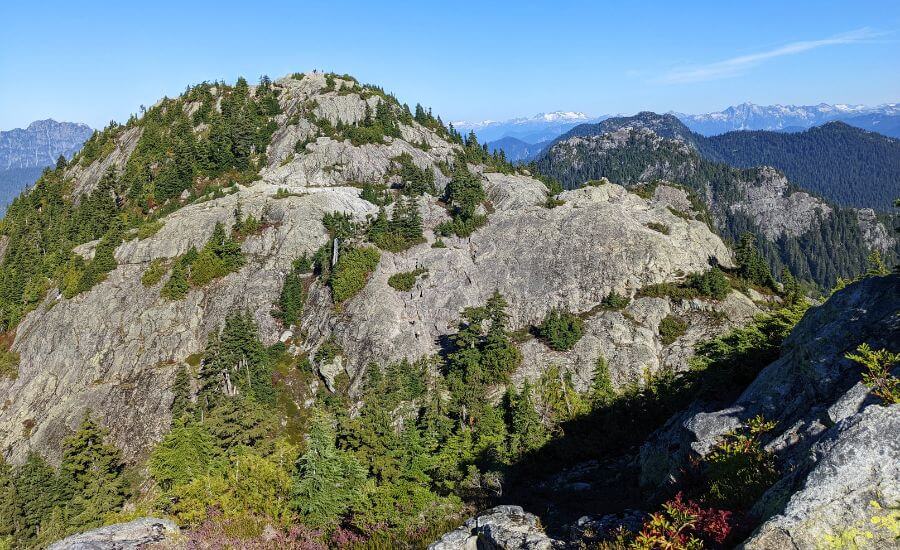



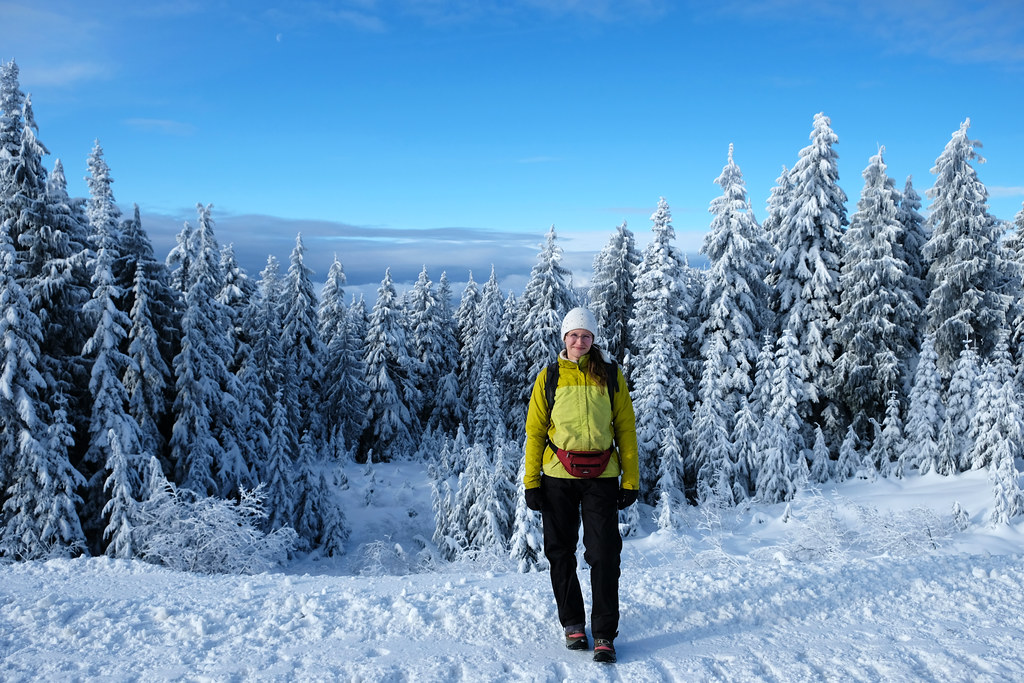
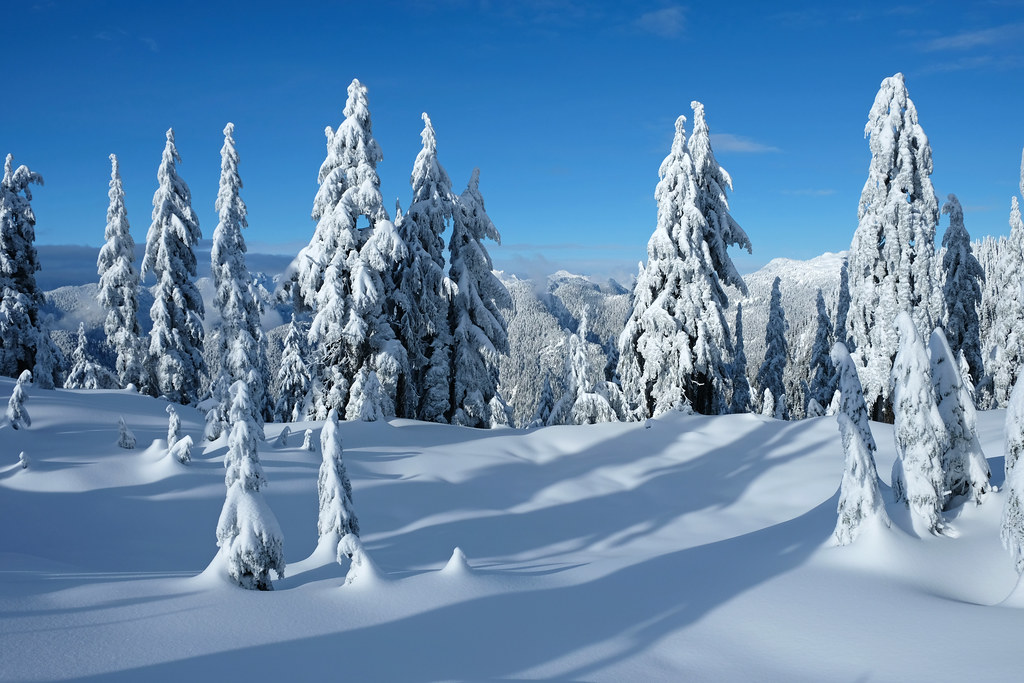
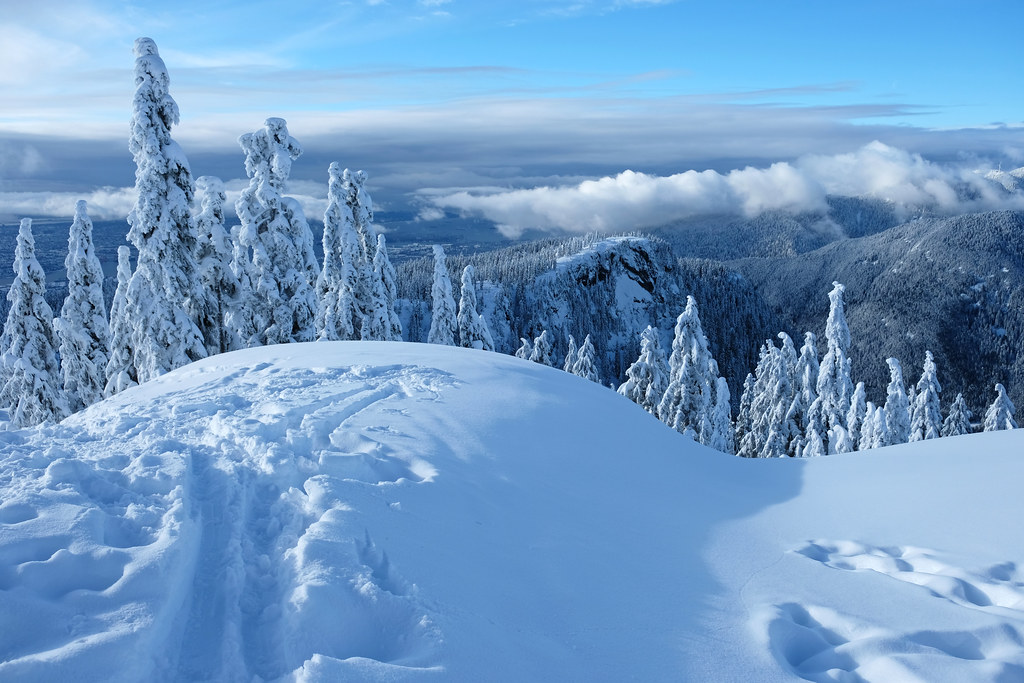
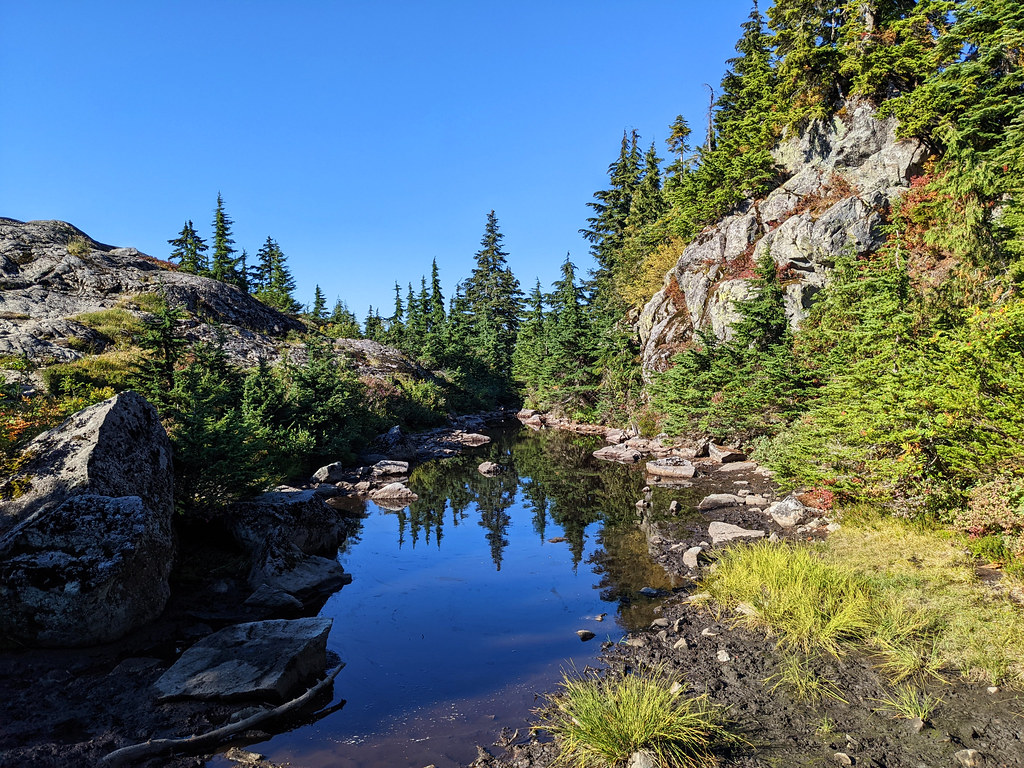
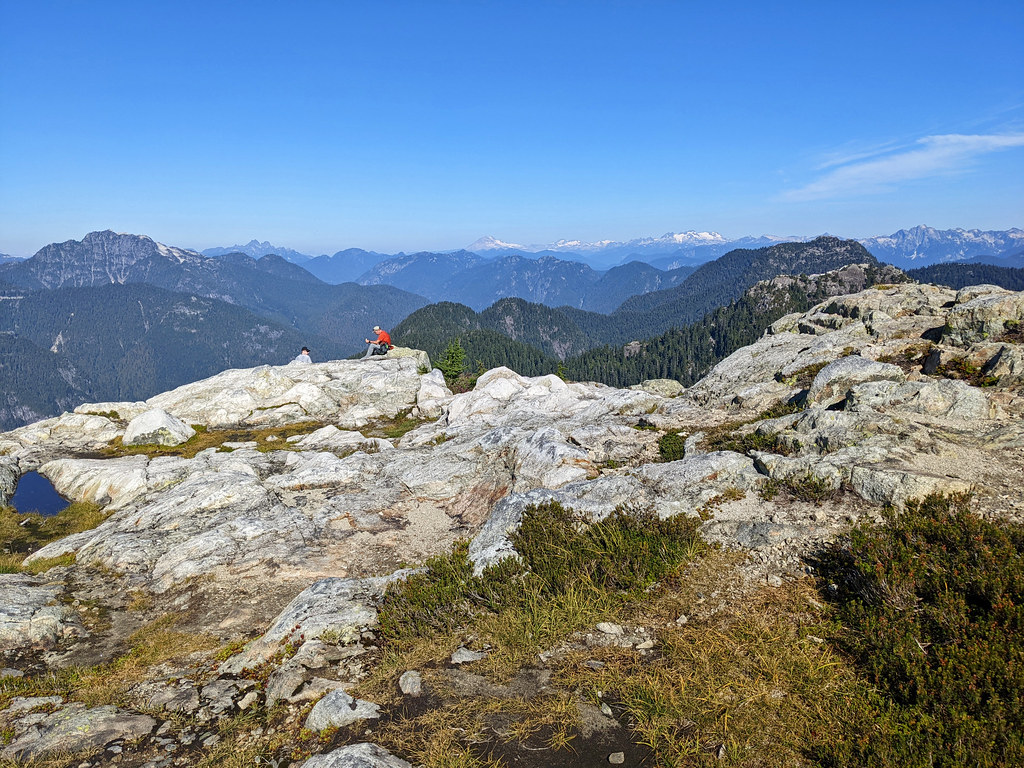
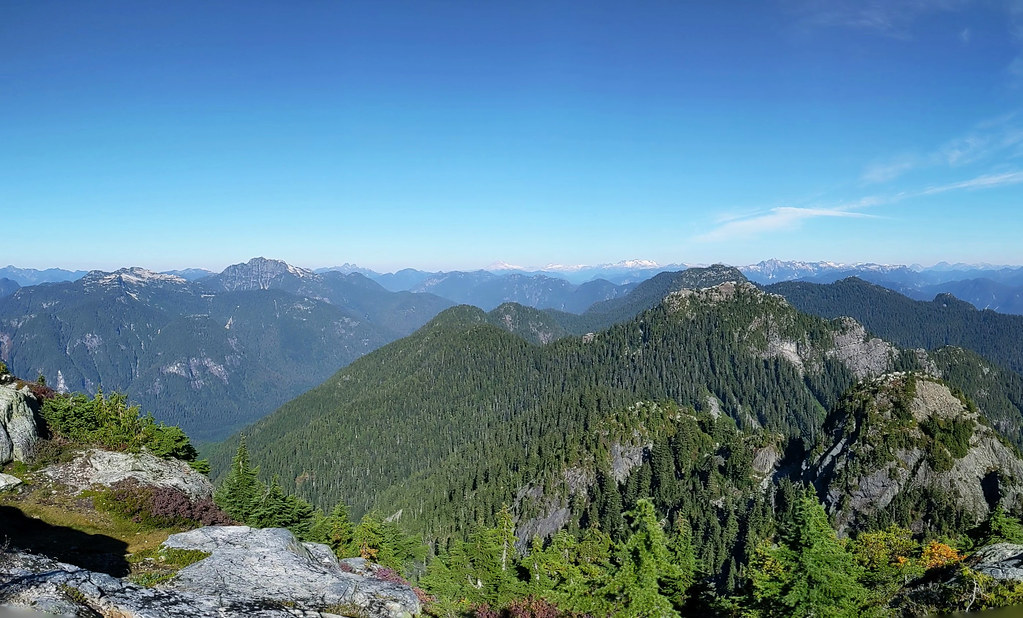
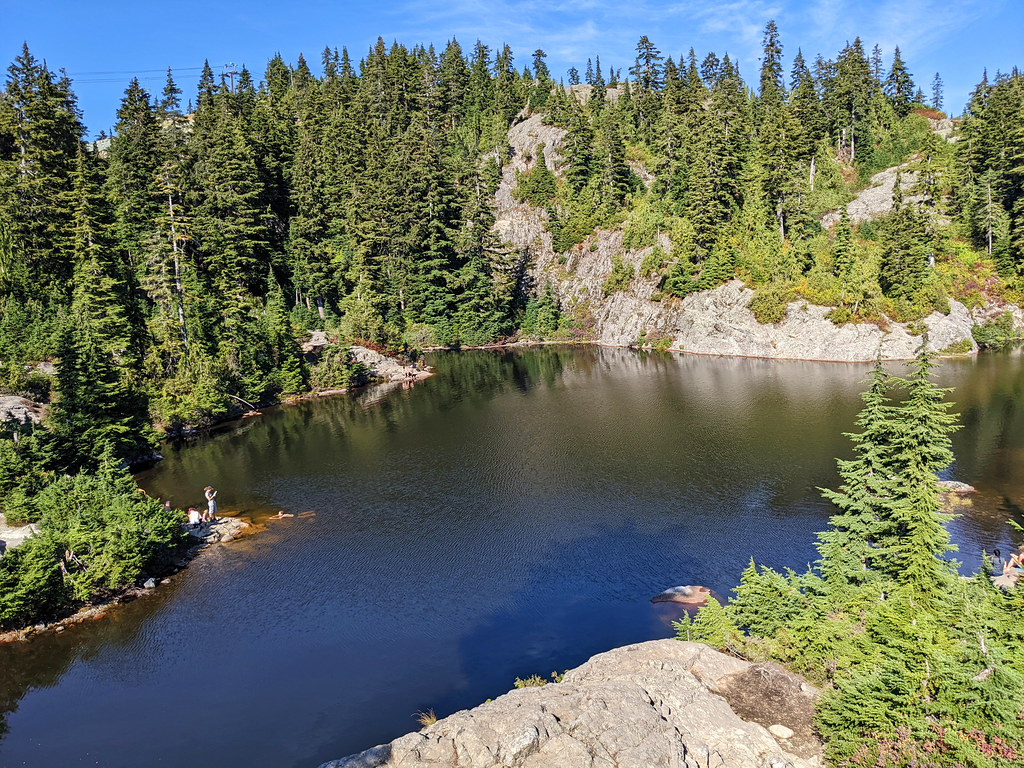
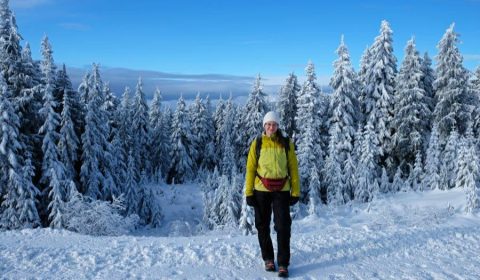
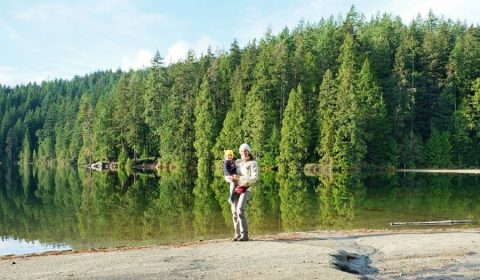
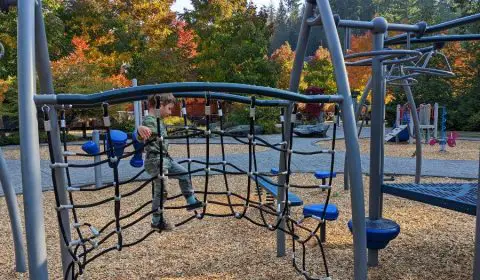
Leave a Reply